Online Water Analyzer
Online Water Analyzer Specification
- Instruments Type
- required based
- Usage & Applications
- Pharmaceutical, Chemicals,Petrochemicals,Refineries,Industries etc
- Air Flow
- required based kilometer/hr (KPH)
- Efficiency
- required based
- Automation Grade
- required based
- Power Source
- Electric
- Measurement
- required based
- Sensor Type
- required based
- Orientation
- Vertical
- Display Type
- LED
- Scrubber Type
- required based
- Temperature
- required based Celsius (oC)
- Product Type
- Online Water Analyzer
- Material
- Metal
- Cooling System
- Air Cooling
- Noise Level
- Low db
- Reactor Thickness
- required based Inch
- Processing Time
- required basedrequired based Days
- Capacity
- required based Kg
- Voltage
- required based Ampere (amp)
- Weight
- required based Kilograms (kg)
- Dimension (L*W*H)
- required based Meter (m)
- Warranty
- 1 YEAR
- Surface
- required based
Online Water Analyzer Trade Information
- Minimum Order Quantity
- 1 Piece
- FOB Port
- NEW DELHI
- Payment Terms
- Cash Advance (CA), Cash in Advance (CID)
- Supply Ability
- 10 Pieces Per Week
- Delivery Time
- 7 Days
- Packaging Details
- boxex
- Main Export Market(s)
- Asia, Australia, Central America, North America, South America, Eastern Europe, Western Europe, Middle East, Africa
- Main Domestic Market
- All India
About Online Water Analyzer
An online water analyzer is an instrument used for continuous, real-time monitoring of various physical, chemical, and biological parameters in water sources. These analyzers play a crucial role in ensuring water quality for drinking water treatment, industrial processes, environmental monitoring, and wastewater management. Here's a breakdown of typical specifications and features to consider:
Key Specifications to Consider:
- Parameters Measured: Clearly define the specific water quality parameters that need to be monitored.
- Measurement Range: The expected range of concentration or value for each parameter. The analyzer should be capable of accurately measuring within this range.
- Accuracy and Precision: The degree to which the measured value approaches the true value (accuracy) and the reproducibility of measurements (precision). These are often expressed as a percentage of the reading or as an absolute value.
- Resolution: The smallest change in the measured parameter that the analyzer can detect and display.
- Response Time: The time it takes for the analyzer to provide a stable reading after a change in the water quality. Faster response times are crucial for real-time monitoring and control.
- Sampling Method: How the water sample is introduced to the sensor. Options include direct immersion, flow-through cells, and automated sampling systems. Consider the need for filtration or sample conditioning.
- Calibration:
- Calibration Frequency: How often the analyzer needs to be calibrated to maintain accuracy.
- Calibration Methods: Ease and automation of the calibration process. Some analyzers offer automatic calibration.
- Calibration Standards: The types and quality of calibration standards required.
- Output and Communication:
- Analog Outputs: Typically 4-20 mA or 0-10 V for interfacing with control systems (e.g., PLC, SCADA).
- Digital Outputs: Relays for alarms or control actions.
- Communication Protocols: Support for industrial communication protocols like Modbus (RTU/TCP), HART, Profibus, Ethernet IP, etc., for data transmission to central systems.
- Data Logging and Storage: Internal memory capacity for storing historical data.
- Connectivity: Ethernet ports for network connectivity and remote access.
- User Interface and Display:
- Local Display: Integrated screen for displaying real-time readings, status information, and configuration settings.
- Software Interface: User-friendly software for configuration, data visualization, downloading data, and remote access.
- Power Requirements: Voltage and current requirements for the analyzer.
- Environmental Conditions: Operating temperature and humidity range, ingress protection (IP rating) against dust and water. Consider suitability for indoor or outdoor installation.
- Maintenance Requirements: Frequency and complexity of maintenance tasks, such as sensor cleaning, reagent replacement (if applicable), and parts replacement.
- Reagent Consumption (if applicable): For analyzers that use chemical reagents, consider the consumption rate and cost of reagents.
- Size and Mounting: Physical dimensions and weight of the analyzer, and the required mounting method (e.g., wall-mounted, panel-mounted).
- Certifications and Compliance: Compliance with relevant industry standards and certifications (e.g., CE, UL, ISO).
- Durability and Reliability: Robustness of the analyzer for continuous operation in potentially harsh environments.
- Cost: Initial purchase cost, as well as ongoing operational costs (reagents, maintenance).
- Warranty and Support: Manufacturer's warranty and availability of technical support.
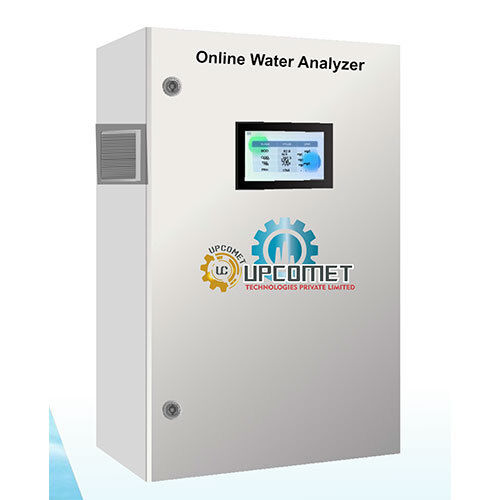

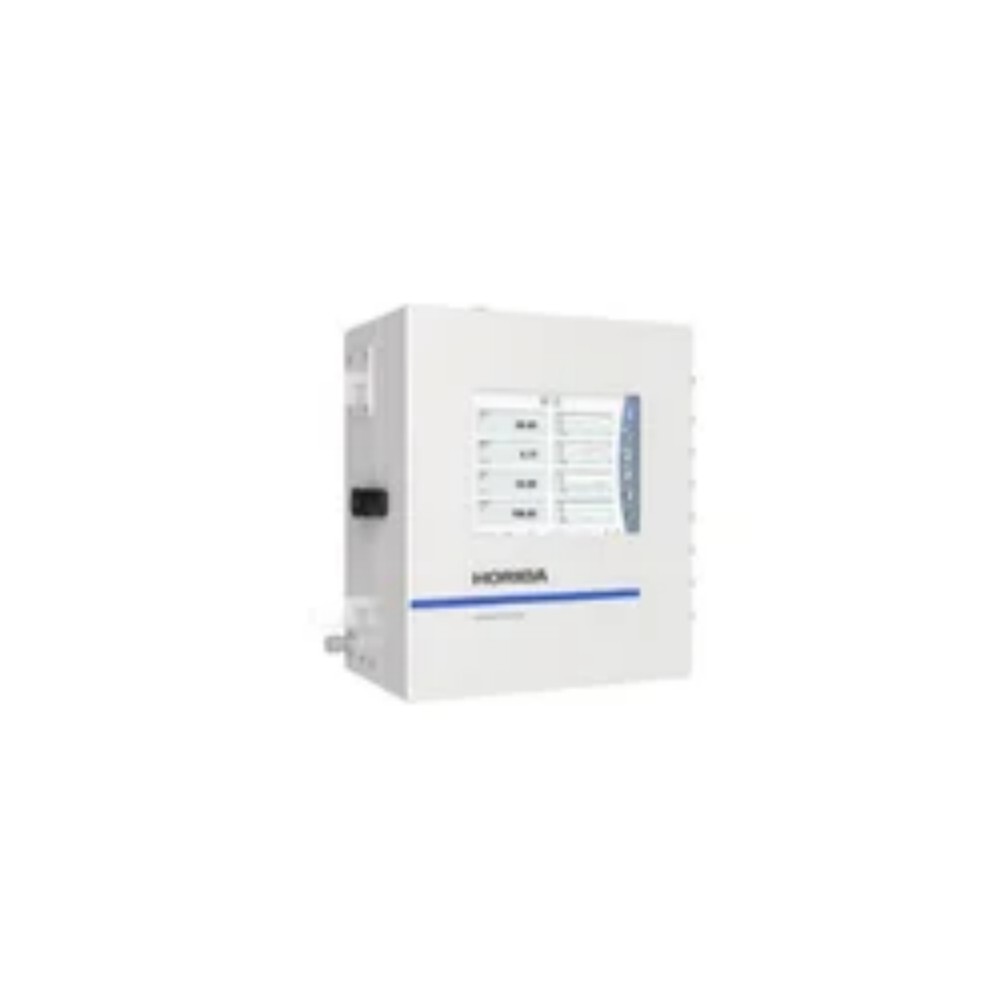
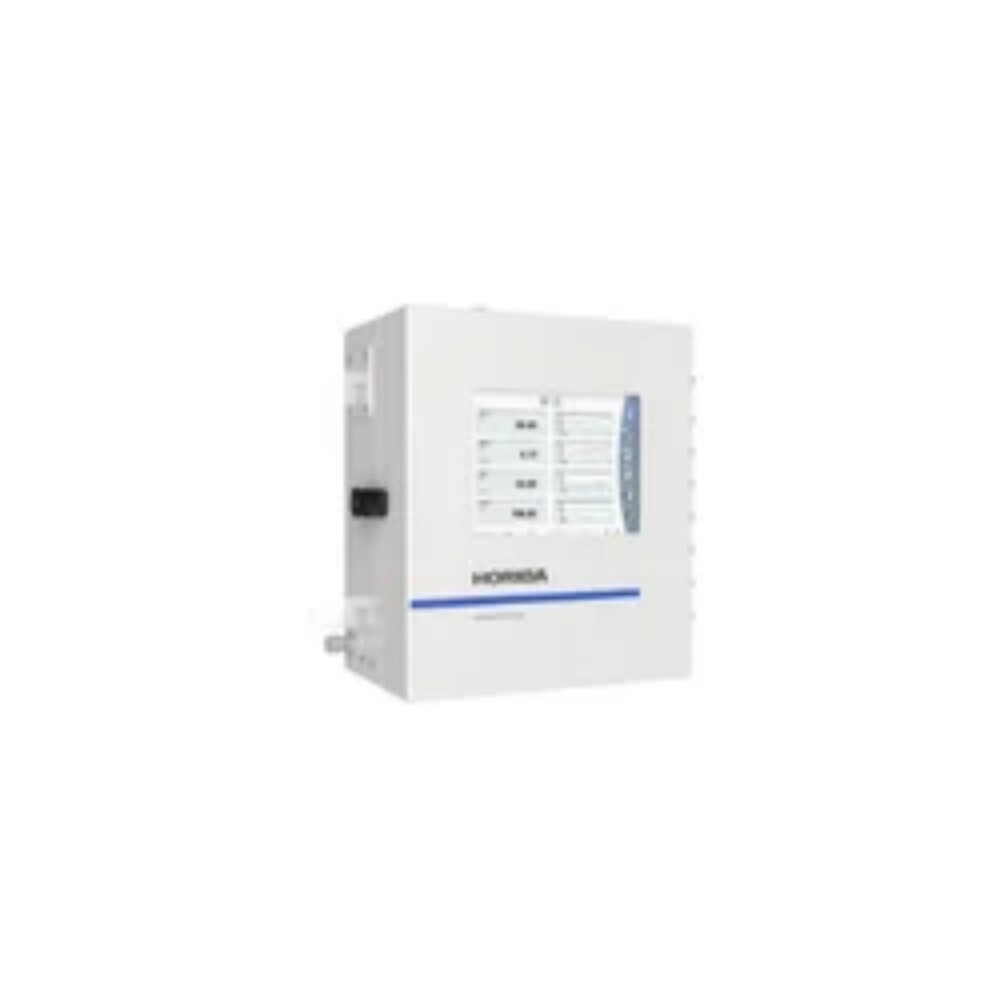
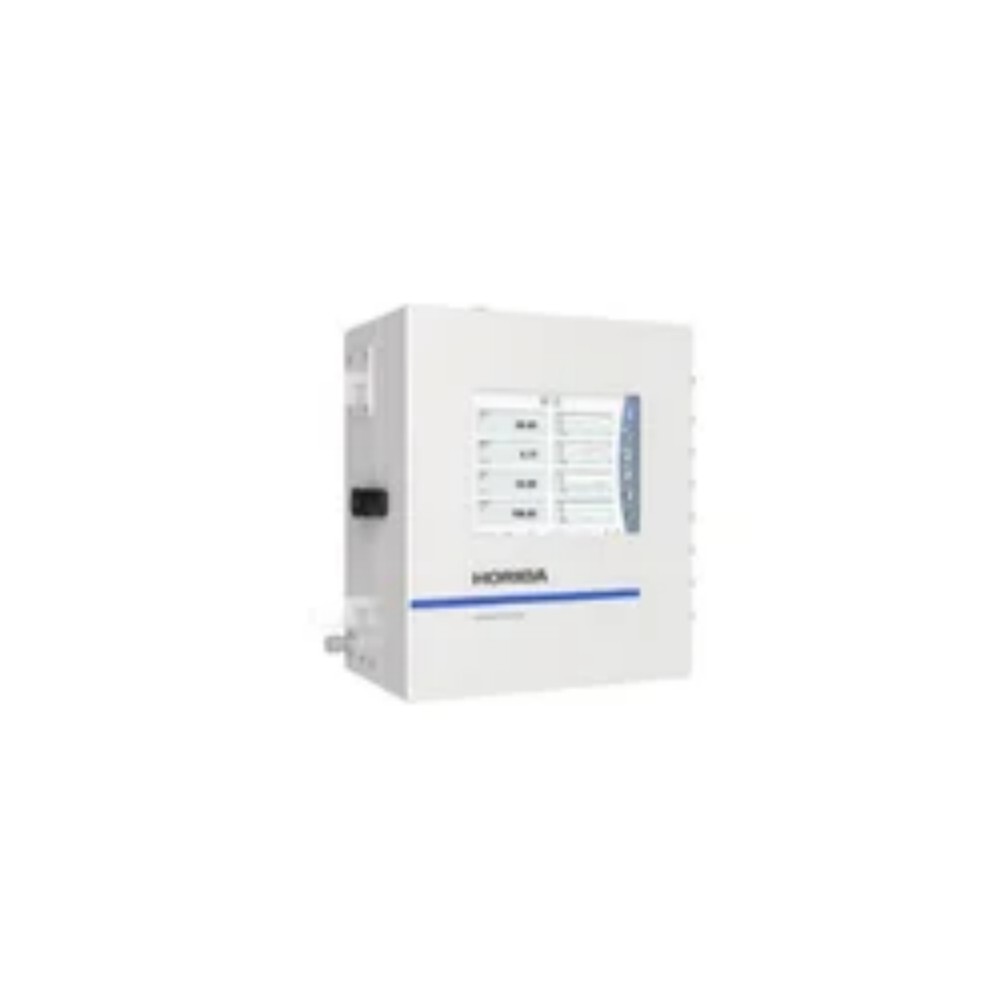
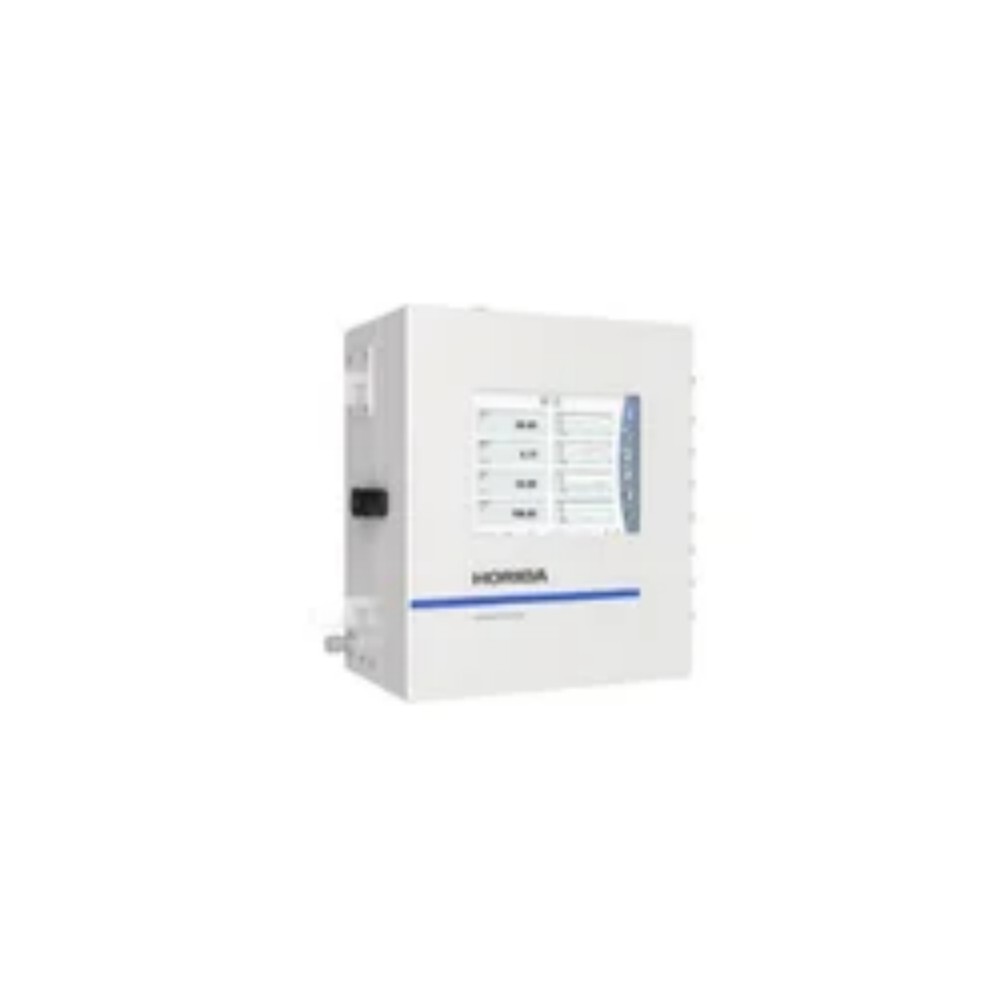
Tell us about your requirement

Price:
Quantity
Select Unit
- 50
- 100
- 200
- 250
- 500
- 1000+
Additional detail
Mobile number
Email





 Send Inquiry
Send Inquiry Send SMS
Send SMS